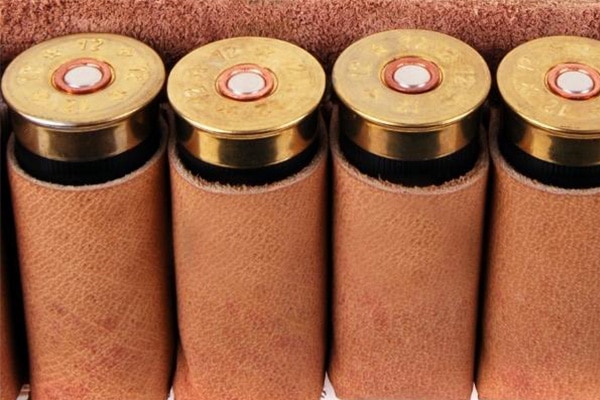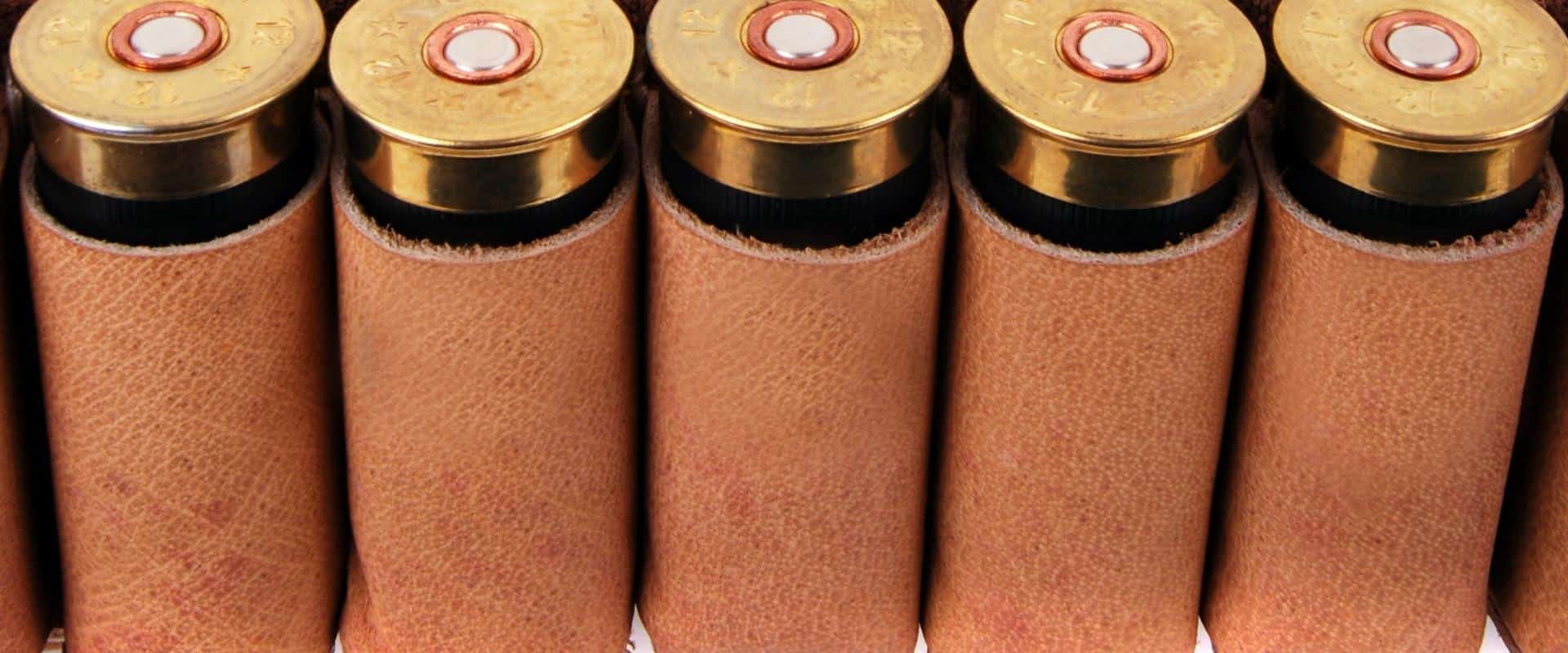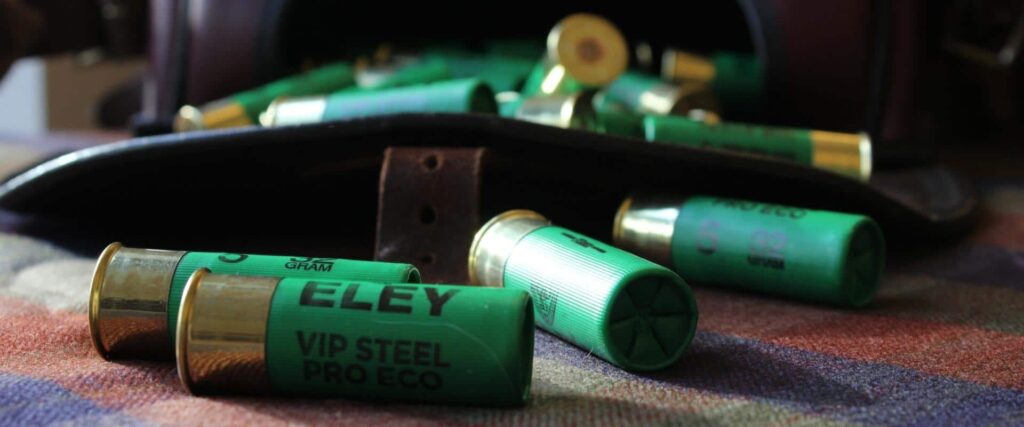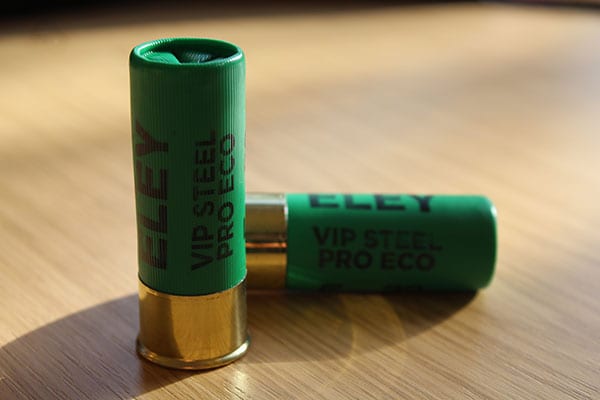
FACE complaint successful on EU lead restriction consultation
The European Ombudsman has recognised a case of maladministration in relation to access to evidence during last year’s EU lead ammunition restriction consultation.
Get information on the legal shooting season for mammals and birds in the UK.
Learn about our current conservation projects and how you can get involved.
Comprehensive information and advice from our specialist firearms team.
Everything you need to know about shotgun, rifle and airgun ammunition.
Find our up-to-date information, advice and links to government resources.
Everything you need to know on firearms law and licensing.
All the latest news and advice on general licences and how they affect you.


The exhaustively reviewed Texas Dove Lethality Study found the killing power of lead and steel shot was roughly equal – and this could be why, says BASC Council member Alasdair Mitchell, writing in his Sharpshooter column for Shooting Times.
Laboratory research does not always match real-world conditions. Sometimes, the disparity is due to a small yet significant factor that the researchers failed to include in their modelling. Something like this has just been revealed in the field of shotgun ballistics. A new piece of science has blown apart the myth that steel shot must be inferior to lead.
The fact that most shooters couldn’t tell the difference between an appropriate steel load and lead was shown in a huge piece of fieldwork carried out a few years ago in Texas (of which more later). But this more recent research suggests a reason why steel performs as well as lead in practice, despite the latter having greater density.
The new study was commissioned and funded by BASC, but conducted by a scrupulously independent ballistics expert at Cranfield University‘s defence and security department. It confirmed that lead pellets penetrated about 10% further into bare ballistic gelatine than upsized steel pellets. No surprise there. For game shooting, this penetration advantage is not decisive, because the adage that pattern fails before penetration holds true.
Within normal shotgun range, 10% less penetration may not be critical, providing the minimum threshold is met. Pattern is more likely to be key.
Yet the Cranfield study made an additional finding: the lead penetration advantage disappeared when the ballistic gelatine was encased in pheasant skin with feathers. Traditionally, shotgun pellet penetration tests are conducted by firing into blocks of bare ballistic gel. At Cranfield it was shown that where the pellets have to get past skin and feathers before entering the gel, steel shot two sizes larger than its lead equivalent penetrates just as far lead.
In some cases – such as the consistency of penetration right across the pattern – it does even better. And this is at ranges up to 50 yards. There is a suggestion that going up even one shot size might be effective, given a good-quality pattern.
Steel shot, being harder than lead, is much less likely to arrive on target in a deformed state, and seems to cut through feathers more readily. Feathers might seem like an insubstantial barrier, yet think of the effort of digging a spade into earth covered in matted grass compared with digging it into bare soil. How many times have you plucked a shot pheasant and seen bits of feather balled up around embedded pellets?

The Cranfield research may help explain the results of the biggest field test of steel and lead loads ever conducted. The Texas Dove Lethality Study was conducted over 2008 and 2009. The data went through an exhaustive review before being published in December 2014. Shooters selected by lottery fired more than 5,000 shots and more than 1,100 mourning doves were autopsied. Crucially, the shooters had no means of knowing whether they were using steel or lead.
And the results? In the correct size, steel worked just as well as lead. And now the Cranfield research may have shown why.

The European Ombudsman has recognised a case of maladministration in relation to access to evidence during last year’s EU lead ammunition restriction consultation.

Together we wish to see an end to both lead and single-use plastics in ammunition used by those taking all live quarry with shotguns within five years.

Sir Geoffrey Clifton-Brown MP has welcomed the statement from leading rural organisations calling for an end to the use of lead in shotgun cartridges used for live quarry within five years.
Sign up to our weekly newsletter and get all the latest updates straight to your inbox.
© 2023 British Association for Shooting and Conservation. Registered Office: Marford Mill, Rossett, Wrexham, LL12 0HL – Registered Society No: 28488R. BASC is a trading name of the British Association for Shooting and Conservation Limited which is authorised and regulated by the Financial Conduct Authority (FCA) under firm reference number 311937.
If you have any questions or complaints about your BASC membership insurance cover, please email us. More information about resolving complaints can be found on the FCA website or on the EU ODR platform.
This website uses cookies so that we can provide you with the best user experience possible. Cookie information is stored in your browser and performs functions such as recognising you when you return to our website and helping our team to understand which sections of the website you find most interesting and useful.
Strictly Necessary Cookie should be enabled at all times so that we can save your preferences for cookie settings.
If you disable this cookie, we will not be able to save your preferences. This means that every time you visit this website you will need to enable or disable cookies again.
This website uses Google Analytics to collect anonymous information such as the number of visitors to the site, and the most popular pages.
Keeping this cookie enabled helps us to improve our website.
Please enable Strictly Necessary Cookies first so that we can save your preferences!
More information about our Cookie Policy